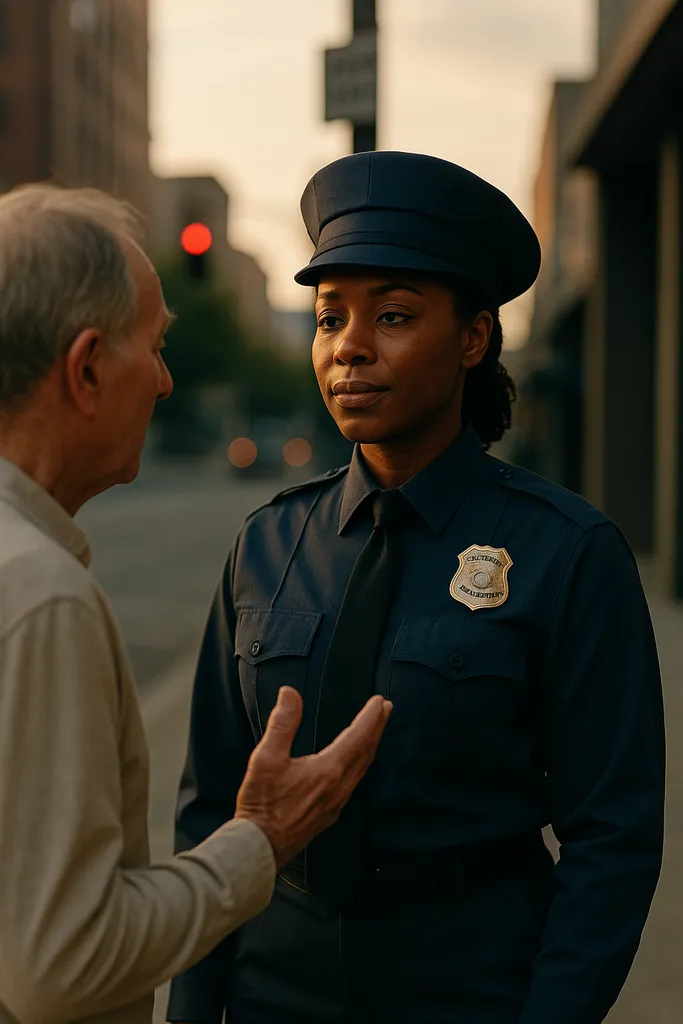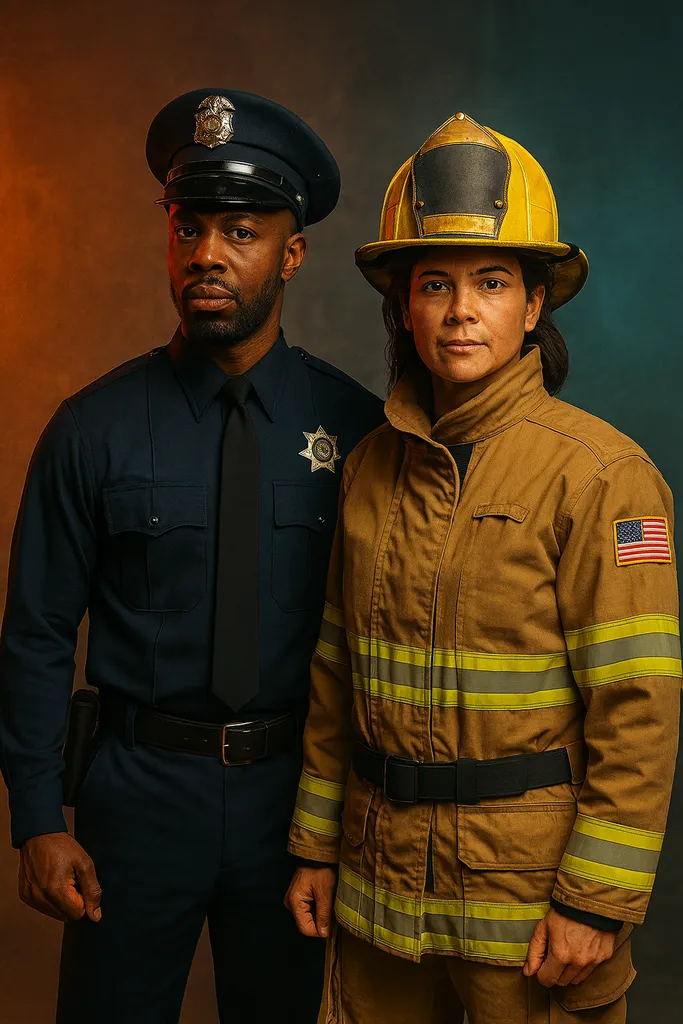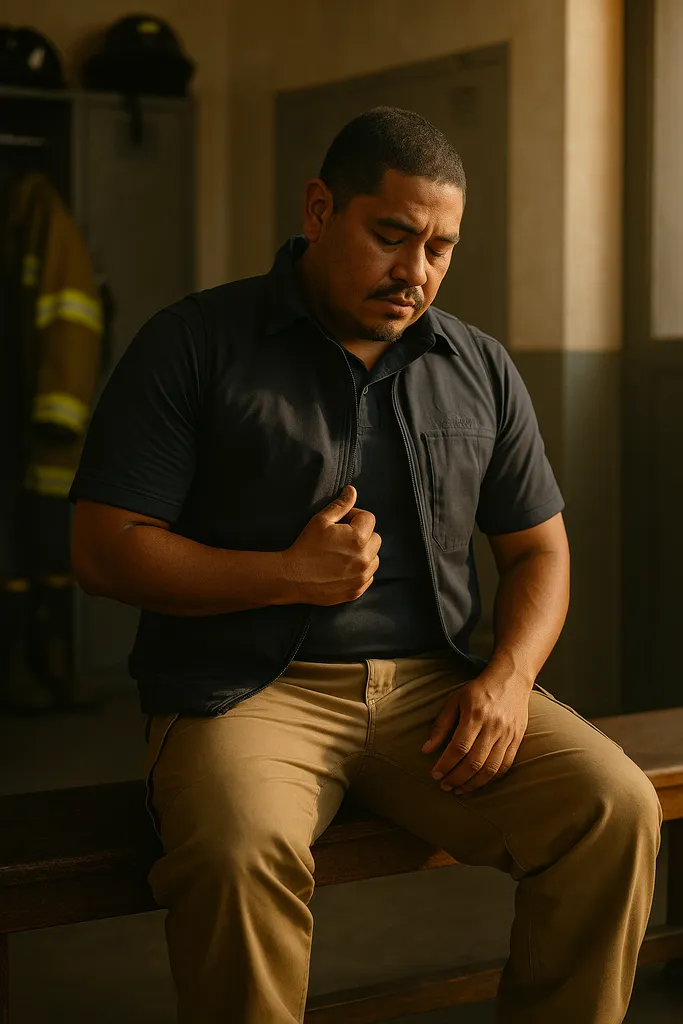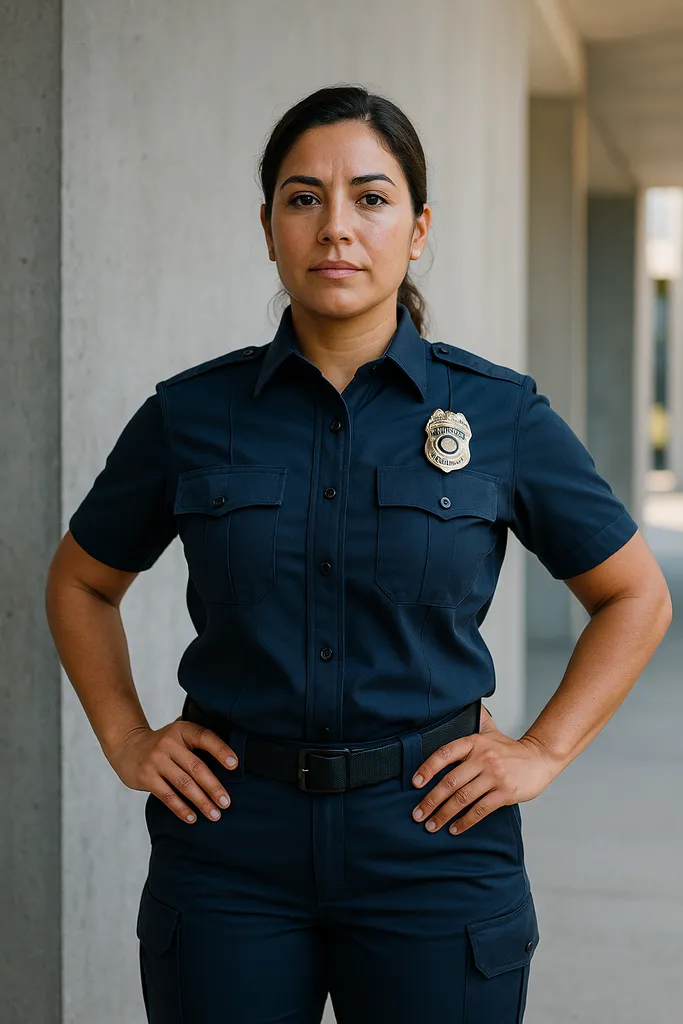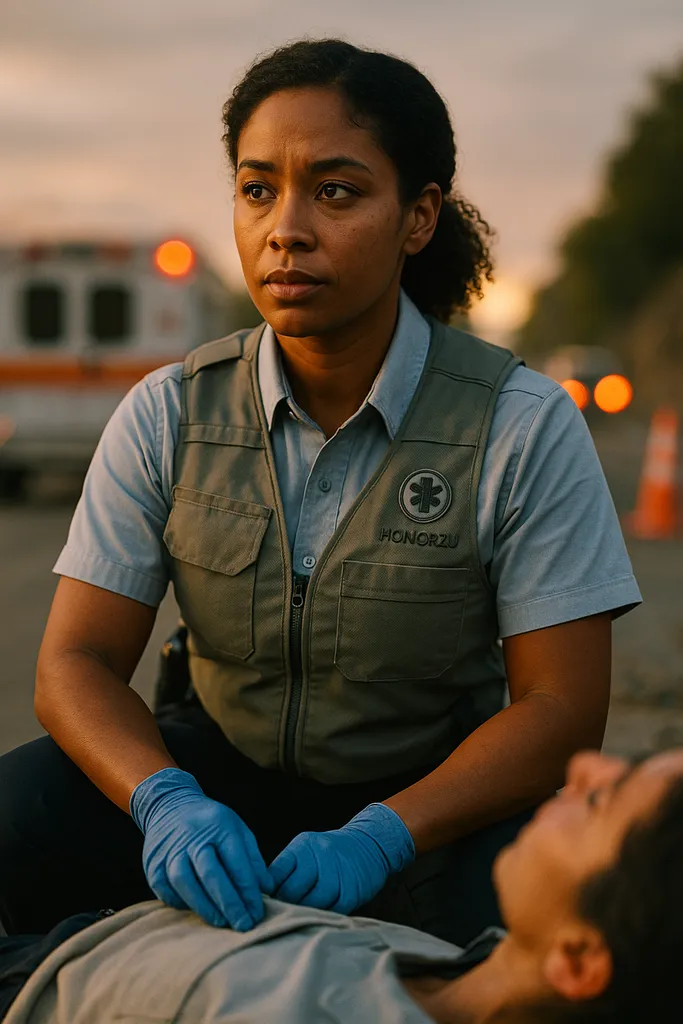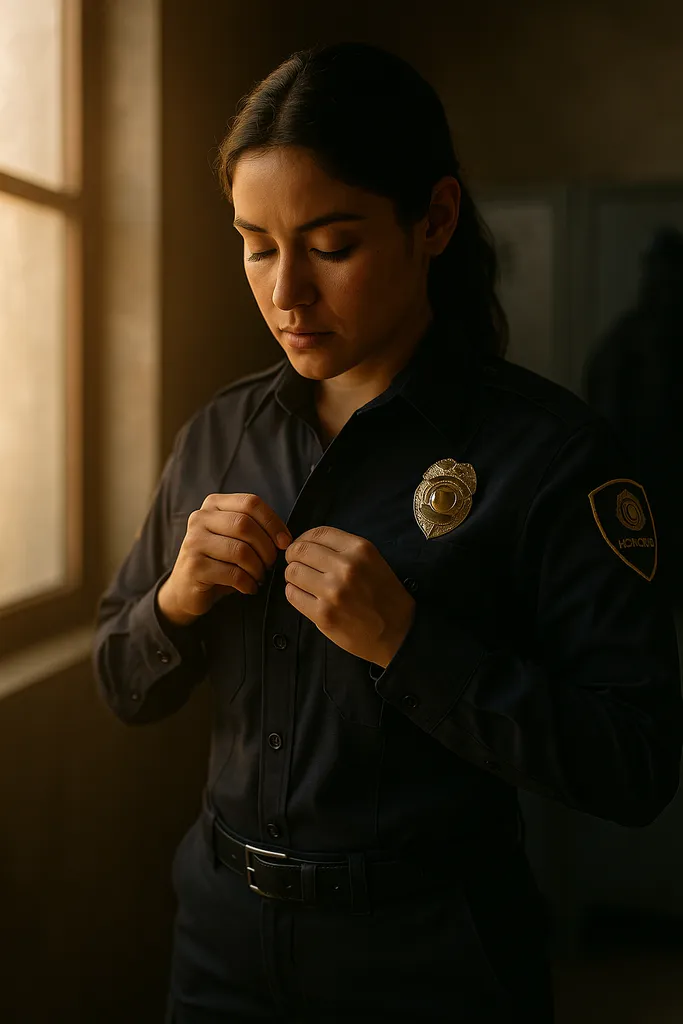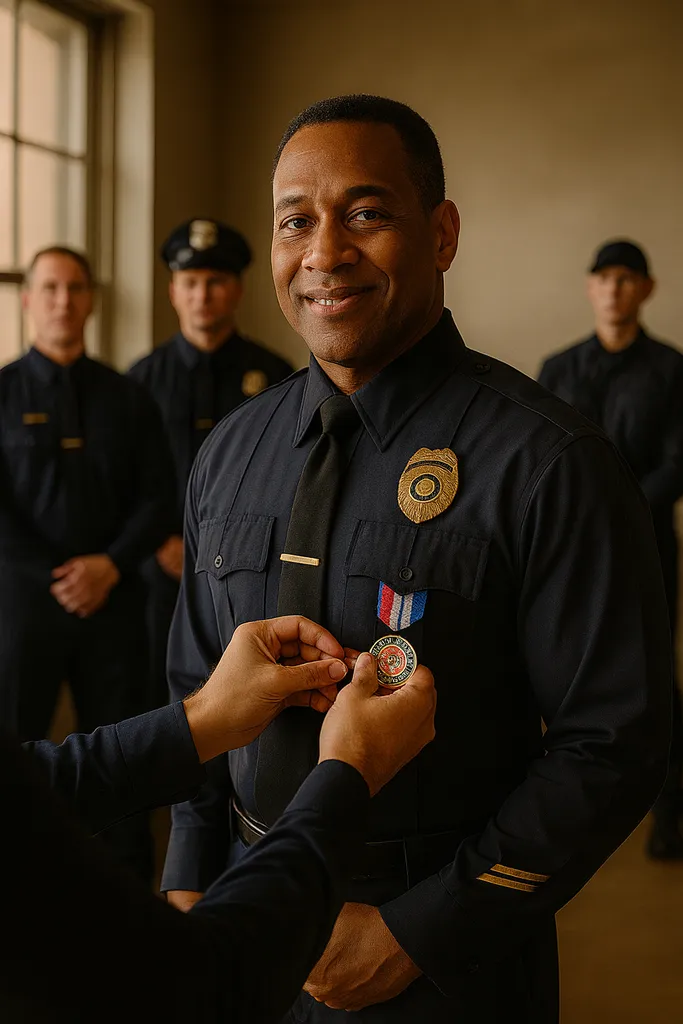Uniforms also shape how citizens respond. In a seminal street experiment, bystanders were far more likely to comply with simple requests from a person dressed as a security guard than from the same person in civilian clothes. That’s the social power of a uniform: it broadcasts authority and responsibility, which can help in emergencies — and it places higher expectations on behavior.
…and the details matter
Recent work shows that specific accessories and “Class A” presentation can nudge perceptions of professionalism and trust — while harsher, militarized aesthetics tend to erode them. In a large study of police “militarization,” researchers found such appearances didn’t reduce crime or improve officer safety, and may harm public reputation. The takeaway: a guardian look, not a warrior look, builds consent and cooperation.

